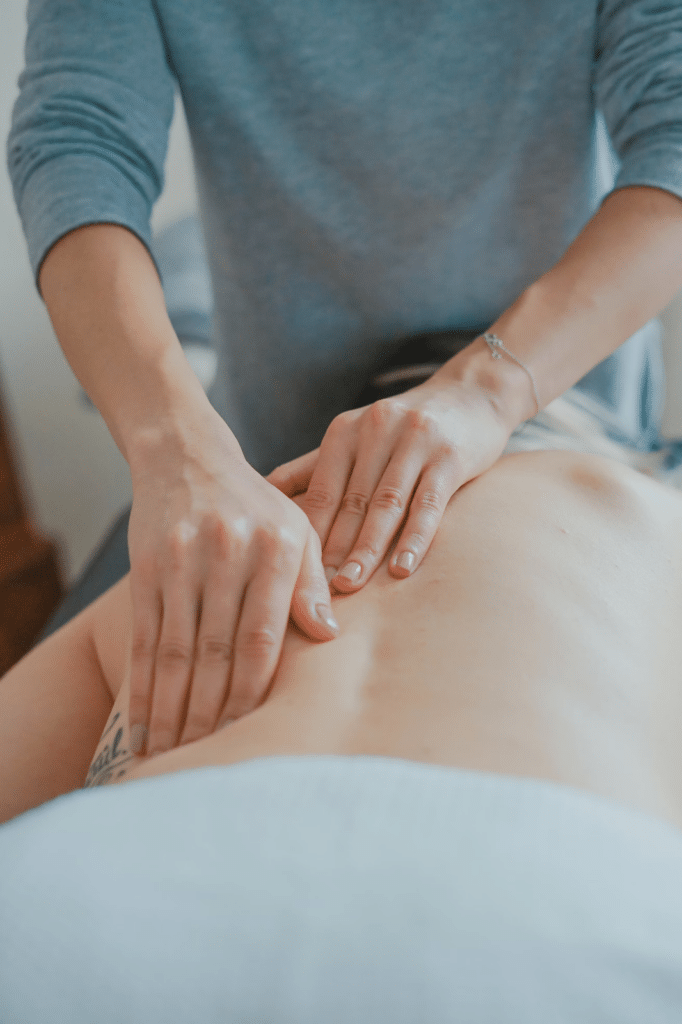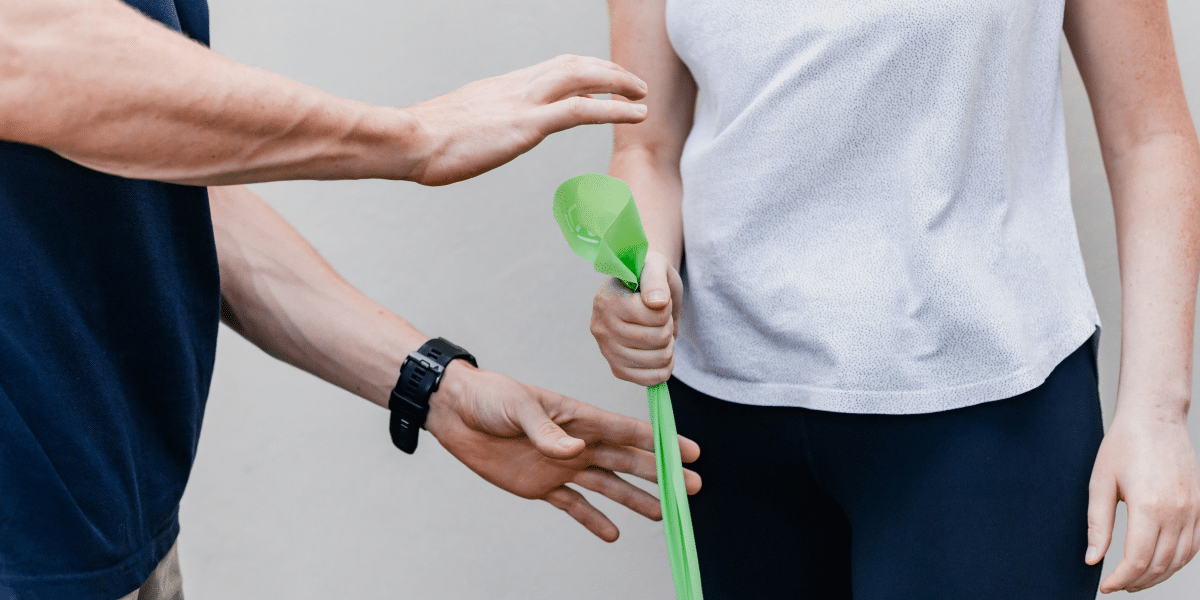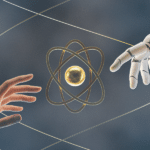Imagine you’ve just been in a car crash. The scene is chaotic, filled with the harsh sounds of traffic and emergency sirens. Pain flares across your body, a stark reminder of the impact.
You’re not alone; many find themselves dealing with similar injuries and confusion after such an event. Common injuries like whiplash and back pain are prevalent, sometimes alongside more severe conditions that may require lengthy rehabilitation. This guide explores various rehab options available for different injuries from car accidents. You’ll learn about approaches that may support your recovery process.
1. Understanding The Types of Car Accident Injuries
Car accidents can cause a variety of injuries, which can generally be categorized by severity: mild, moderate, and severe.
Mild injuries usually include bruises, minor cuts, or sprains. These often heal within a few weeks without lasting effects.
Moderate injuries might involve broken bones, significant lacerations, or concussions. Recovery from these injuries can take several months and may include therapy.
Severe injuries are more complex, such as spinal damage or internal organ trauma. These injuries often require extensive medical attention and long-term rehabilitation to manage pain and restore function. For spinal injuries, consulting an injury chiropractor might be beneficial.
Each injury type has a different prognosis, which influences the recovery path and rehabilitation options.
2. Initial Steps After an Injury
Immediate medical attention is crucial right after a car accident to help prevent complications that could impact your recovery.
At the scene, first responders will assess your condition and prioritize immobilizing any injuries to prevent further damage. Effective pain management often begins early, with medications to ease pain and reduce inflammation.
Essential diagnostic tests, such as X-rays, MRIs, or CT scans, are usually performed quickly. These tests are important for uncovering hidden injuries and setting the stage for targeted treatment plans that address your medical needs effectively.
3. Physical Therapy Options
Physical therapy is a cornerstone of rehabilitation for car accident injuries.
Orthopedic therapy focuses on recovering from bone and muscle injuries. Therapists use exercises and techniques to help restore strength and mobility. This therapy can aid in a quicker return to daily activities and may lessen the risk of future injuries.
Neurological therapy targets nerve damage, using exercises that help regain control and function in affected areas. This therapy aims to improve coordination and reduce issues with movement and sensation.
Both types of therapy offer meaningful benefits. They not only support healing but also enhance overall well-being, with the goal of restoring as much function as possible.

4. Chiropractic Care
Chiropractic care provides a unique approach to recovery after a car accident. Through spinal adjustments and manipulations, chiropractors seek to realign the spine. This can reduce pain and improve mobility. These adjustments may help relieve pressure on the nervous system, supporting the body’s natural healing abilities.
Conditions like whiplash, back pain, and joint injuries can respond well to chiropractic methods. This care is particularly beneficial for those experiencing stiffness or reduced range of motion post-accident.
By promoting proper alignment, chiropractic care aims to support quicker recovery and may help prevent chronic conditions.
5. Alternative Therapies
Alternative therapies can be an important part of the healing process after a car accident.
Acupuncture involves inserting needles at specific points on the body to help reduce pain and promote healing. It’s often used for managing chronic pain and muscle tension.
Massage therapy can relieve muscle pain, reduce stress, and improve circulation, which is essential for recovery.
Hydrotherapy, which includes exercises in a pool, is gentle on the body and beneficial for improving joint and muscle function without straining injured parts.
These therapies are often used alongside traditional medical treatments, providing a more comprehensive approach to healing. They’re particularly effective for injuries that involve soft tissues or chronic pain.
6. Psychological Impact and Recovery
The trauma from car accidents isn’t just physical; it can also leave a lasting psychological impact. You might experience symptoms like anxiety, flashbacks, or sleep disturbances.
Addressing these emotional effects is crucial for a holistic recovery. Counseling offers a supportive space to discuss feelings and fears related to the accident, helping you process the trauma.
Cognitive Behavioral Therapy (CBT) is another effective treatment. It helps by changing patterns of thinking or behavior that contribute to emotional distress, potentially reducing symptoms of stress and the risk of PTSD.
7. Integrative Care Approaches
A multidisciplinary approach to rehabilitation brings together various healthcare professionals to create a comprehensive treatment plan. This approach can include physicians, physical therapists, chiropractors, and mental health professionals, all working together. Such teamwork aims to ensure all aspects of recovery are addressed, from physical injuries to psychological impacts.
Summary
This guide has explored various rehabilitation options for car accident injuries, each suited to different levels of severity. From physical and chiropractic therapies to alternative methods and psychological support, the recovery paths available are extensive and designed to support comprehensive healing.
Consulting with multi-specialty teams may further enhance your rehabilitation. These professionals can develop personalized care plans that evolve as your recovery progresses, helping ensure you receive the most effective treatments at each stage.
Finally, remember the importance of mental health care in your recovery journey. Integrating psychological support with physical rehabilitation can contribute to improved outcomes, helping you regain confidence and resilience as you return to your daily life.
Disclaimer: This content is for informational purposes only and is not intended as medical advice, nor does it replace professional medical expertise or treatment. If you have any concerns or questions about your health, always consult with a physician or other healthcare professional.
Published by: Josh Tatunay



















